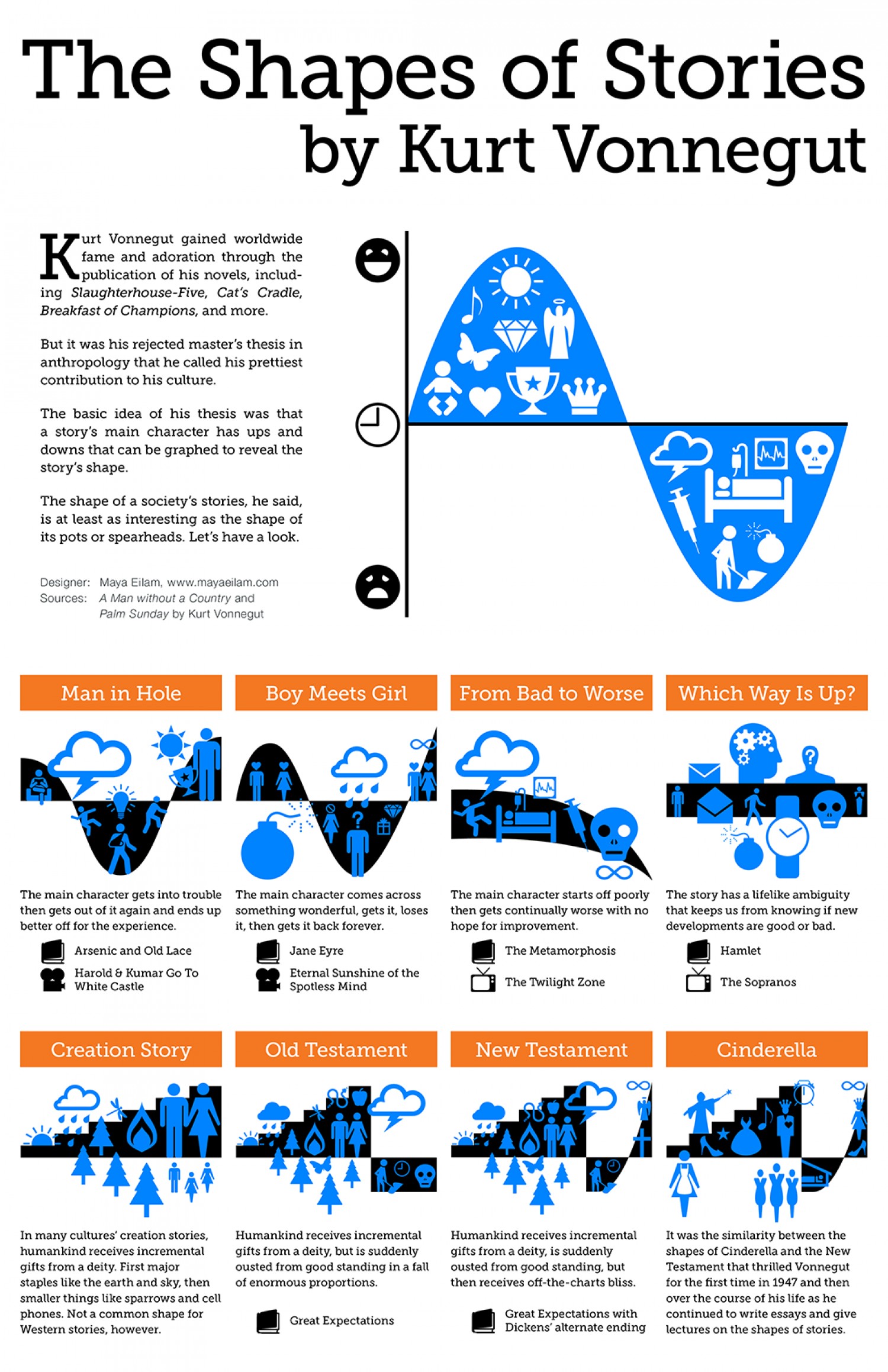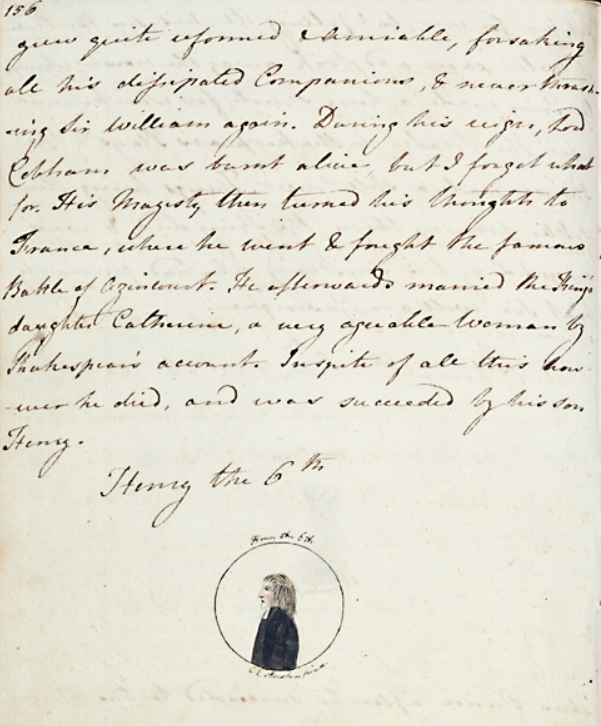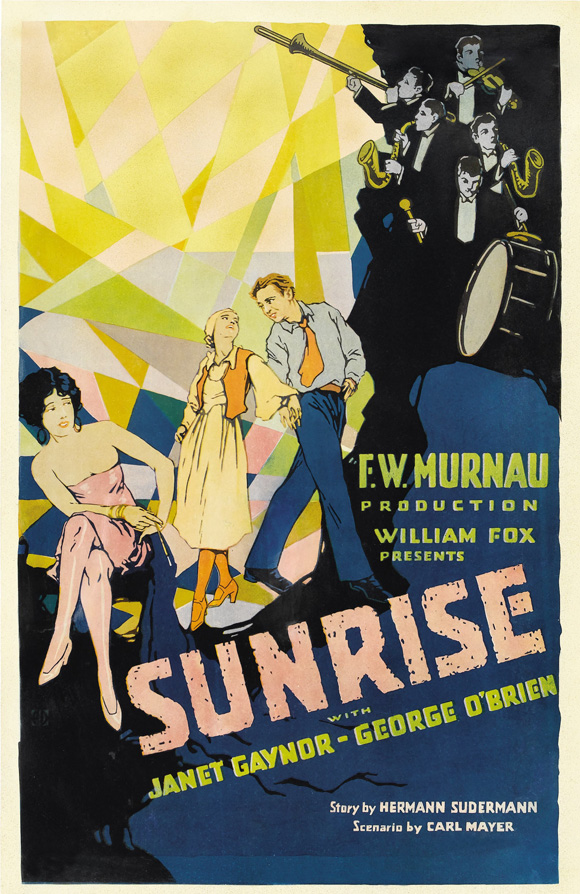Film noir received its name in 1946 when French critic Nino Frank expressed his fascination with dark Hollywood melodramas of the time. But noir as a genre only took shape retrospectively, and the bitter arguments over what it is continue to the present. I’ve always thought of film noir as the offspring of German Expressionism, pulp fiction, and the hard-boiled crime novels of Raymond Chandler. Its characters—dangerous seductresses and “fallen” women, cynical detectives, sadistic villains and amoral deviants of all kinds—are exaggerated outlaw mirrors of the era’s virtuous everyman protagonists. Most noirs seem expressly created to defy the Hays Code’s strong suggestion that “the sympathy of the audience shall never be thrown to the side of crime, wrongdoing, evil or sin.”
Alain Silver, editor of the Film Noir Reader, dates “the classic era of film noir” to “a fifteen year span from You Only Live Once (1937) to Where Danger Lives (1952).” But films as early as Fritz Lang’s 1931 M are discussed in noir terms, and the aesthetic persists, if only in homage or parody, as in the obvious noir take-off Sin City. Roger Ebert concisely defined the genre in a short list of ten essential features. Despite its French name and stylistically German origins, Ebert called it “the most American film genre, because no society could have created a world so filled with doom, fate, fear and betrayal, unless it were essentially naive and optimistic.”
Whatever the genre’s boundaries, I think it’s safe to say that film noir’s history rests in good hands. The Film Noir Foundation has dedicated itself to “rescuing and restoring America’s Film Noir Heritage”; Film Noir Studies aims to be a critical resource for students, scholars, and fans alike. And perhaps best of all, we have Eddie Muller—self-described “wordslinger, impresario, noirchaelogist”—on the case. A very noir-ish character himself, Muller, a seasoned San Francisco reporter, barfly, boxing enthusiast, and adult film historian, defines film noir as “the flip side of the all-American success story.”
It’s about people who realize that following the program will never get them what they crave. So they cross the line, commit a crime and reap the consequences. Or, they’re tales about seemingly innocent people tortured by paranoia and ass-kicked by Fate. Either way, they depict a world that’s merciless and unforgiving.
On his site, Muller has compiled a list of “25 noir films that will stand the test of time.” His picks range from acknowledged classics like Double Indemnity and Sunset Boulevard to lesser-known pictures like Raw Deal. Below, I’ve listed his favorites in the reverse order he prefers. Calling his list “Endless Night,” Muller asks us to “take this with a grain of salt” and to “consider the listing a sort of carnival barometer, ranging from INFATUATED to PASSIONATE.”
25. Raw Deal (Eagle-Lion, 1948) — Available on YouTube
24. City that Never Sleeps (Republic, 1952)
23. Touch of Evil (Universal, 1958)
22. Scarlet Street (Universal, 1945) — Available on Open Culture or watch above
21. Detour (PRC, 1945) — Available on Open Culture
20. Tomorrow is Another Day (Warner Bros., 1951)
19. The Prowler (United Artists, 1950)
18. Gun Crazy (United Artists, 1950)
17. Act of Violence (MGM, 1949)
16. Odds Against Tomorrow (United Artists, 1959)
15. The Killing (United Artists, 1956)
14. They Live By Night (RKO, 1949)
13. Thieves’ Highway (20th Century-Fox, 1949)
12. Sweet Smell of Success (United Artists, 1958)
11. The Killers (Universal, 1946)
10. Moonrise (Republic, 1948) — Available on YouTube
9. Out of the Past (RKO, 1947)
8. Night and the City (20th Century-Fox, 1950)
7. Nightmare Alley (20th Century-Fox, 1947)
6. The Maltese Falcon (Warner Bros., 1941)
5. Double Indemnity (Paramount, 1944)
4. The Asphalt Jungle (MGM, 1950)
3. Sunset Boulevard (Paramount, 1950)
2. Criss Cross (Universal, 1949)
1. In a Lonely Place (Columbia, 1950)
See Muller’s original article for his priceless commentary on each film. And if his list piques your interest, be sure to visit our considerable collection of free online film noir classics, all otherwise found in our collection, 4,000+ Free Movies Online: Great Classics, Indies, Noir, Westerns, Documentaries & More.
Related Content:
Detour: The Cheap, Rushed Piece of 1940s Film Noir Nobody Ever Forgets
Watch D.O.A., Rudolph Maté’s “Innovative and Downright Twisted” Noir Film (1950)
The Third Man: Film Noir Classic on YouTube
Josh Jones is a writer and musician based in Durham, NC. Follow him at @jdmagness







